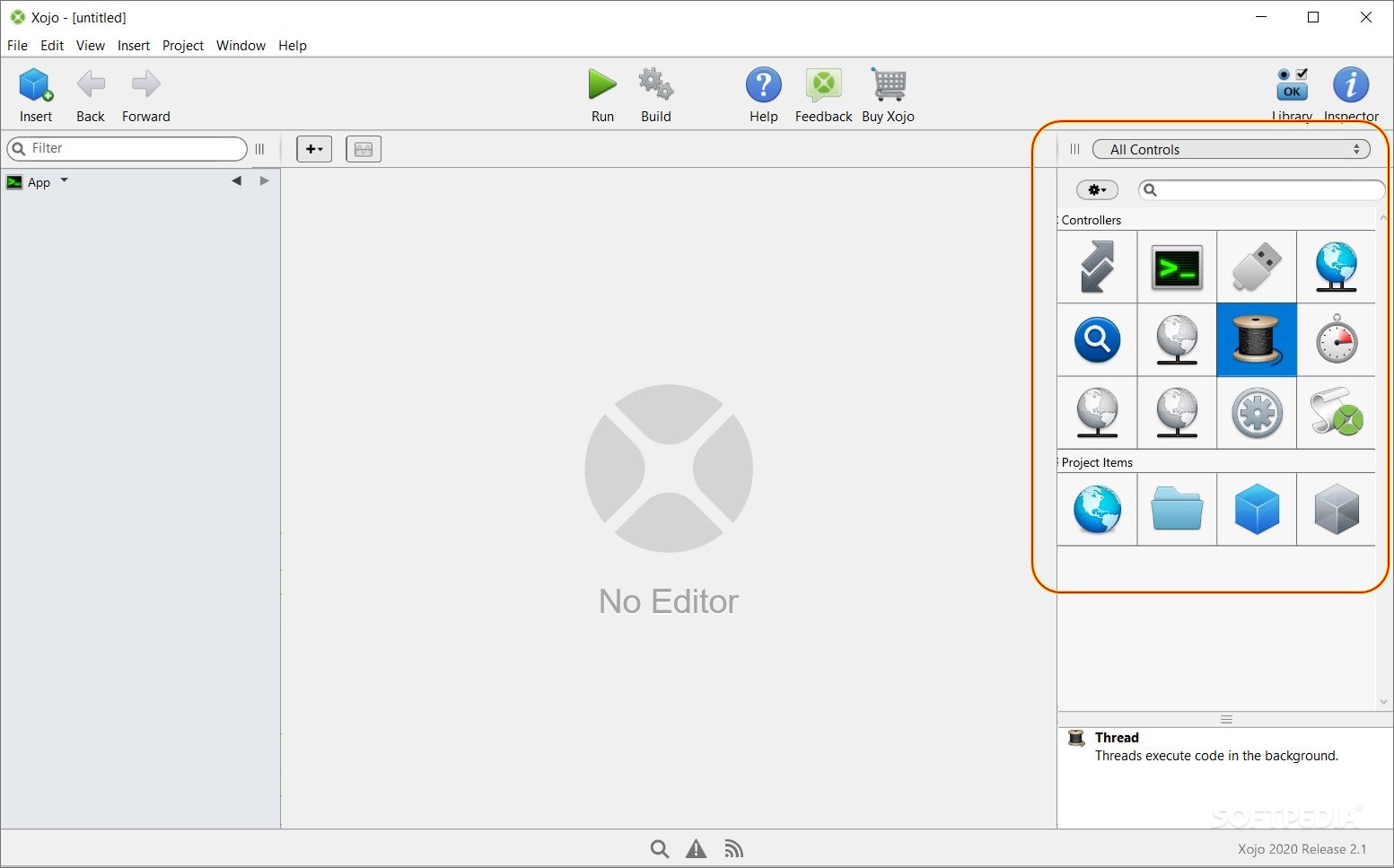

DefaultWebPage: This is the web page that is displayed automatically when the app starts.This event gives you a “last chance” to catch runtime errors before they cause your app to quit. UnhandledException: Called when a runtime error occurs that is not caught by your code.Open: This event handler is called when your app first starts.The URL “/api/value” is also supported and will result in this event handler being called. This can be used to implement web services in your web app. In the Request parameter you can get information about the URL and return information back. HandleSpecialURL: This event is called when the web app is accessed using the special URL, /special/value.HandleURL: This event is called when the web app is accessed using a URL it cannot resolve.Close: The close event is called when the app quits.The WebApplication class for a web app has event handlers. You use it to specify the default web page that opens when your app starts and a session connects, default messages, HTMLHeader and the app icon (in various sizes). You can add your own web pages as well.įor a web project, the App object is a subclass of WebApplication. Web: This is the main window layout where you place your controls.Use the Session object to save information that is specific to the user/session and to access session-specific information. Session: Each user that connects to the web app gets its own Session instance.App: The App object allows you to specify some initial app settings, including.When you create a web project, you get the following project items added automatically:

You can also create web apps that function as we services by utilizing the HandleSpecialURL and HandleURL events on the App object. Web apps have a graphical user interface that runs inside a web browser and a companion server app that runs on (or as) a web server.


 0 kommentar(er)
0 kommentar(er)
